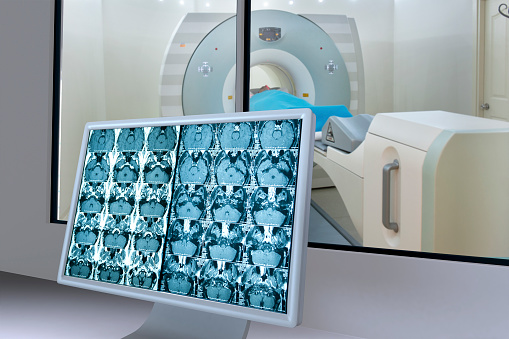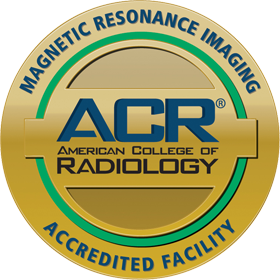
Medical terminology can be confusing, especially when the names of certain procedures are similar to each other. As a patient, you may not know your anisakiasis from your anisokaryosis, or be able to tell trachoma from a trachea. It’s important, though, to know the difference between an MRA and an MRI. If your doctor orders one and you call to schedule the other, confusion may cause a big problem.
It’s easy to tell them apart, really. MRI stands for Magnetic Resonance Imaging. MRA, on the other hand, stands for Magnetic Resonance Angiography. Still confused? That’s ok; they’re virtually the same test. The primary difference between them lies in what they’re designed to examine.
- An MRI uses powerful magnets, radio waves, and a computer to take pictures inside the An MRI can be used on the abdomen, chest, pelvis, internal organs, and head. Using the images produced by an MRI, doctors can look for abnormalities, tumors, cysts, injuries, heart problems diseases of the abdominal organs, causes of pelvic pain, and uterine abnormalities that might hinder fertility.
- An MRA examines blood vessels, using the same technology. If a patient has suffered from a blood clot, stroke, heart disease, or similar cardiovascular problems, a doctor may recommend a Magnetic Resonance Angiography. As with an MRI, the test is non-invasive, and patients face few complications.
There’s very little preparation necessary for either one of these procedures. However, there are a few things you should tell your doctor and a few things you should know. Before you have an MRA or an MRI, tell your doctor about any medical conditions, especially if you have kidney disease, are allergic to anything, or have any implants, medical devices, or metal in your body. Some metal items cannot go through an MRA or an MRI, and those include:
- Cardiac defibrillators
- Pacemakers
- Cochlear or ear implants
- Some clips for brain aneurysm repair
- Some coils for blood vessel repair
You’ll also have to take off any metal you may be wearing, whether it’s snaps and zippers on your clothes, jewelry, body piercings, glasses, or a hearing aid. You should let your doctor know if you get uncomfortable, anxious, or panicky when in small spaces. You’ll need to stay still for the MRI or MRA, so let your healthcare provider know if you have a problem with that, as well. Your doctor may want to prescribe you some medicine to help you relax during the procedure.
Whether you need an MRA or an MRI, Salem Radiology has got you covered. Established in 1974, we are the largest radiology group in the area and offer a depth of specialization among our doctors that you would expect to find only at major university medical centers. To learn more or schedule an appointment, call (503) 399-1262 or contact us through our website.

